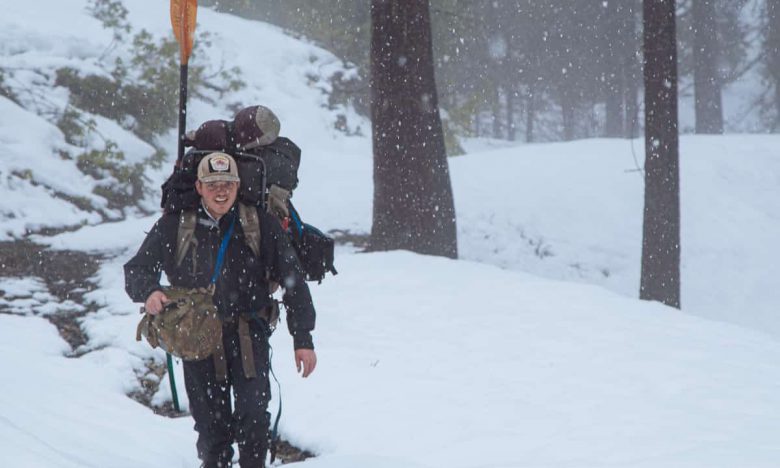I first encountered Baldface Creek ten years ago while paddling down the upper North Fork of the Smith River in Oregon. Near the end of a long rainy day of paddling we stopped across from its confluence and marveled in the sheer beauty of this creek.
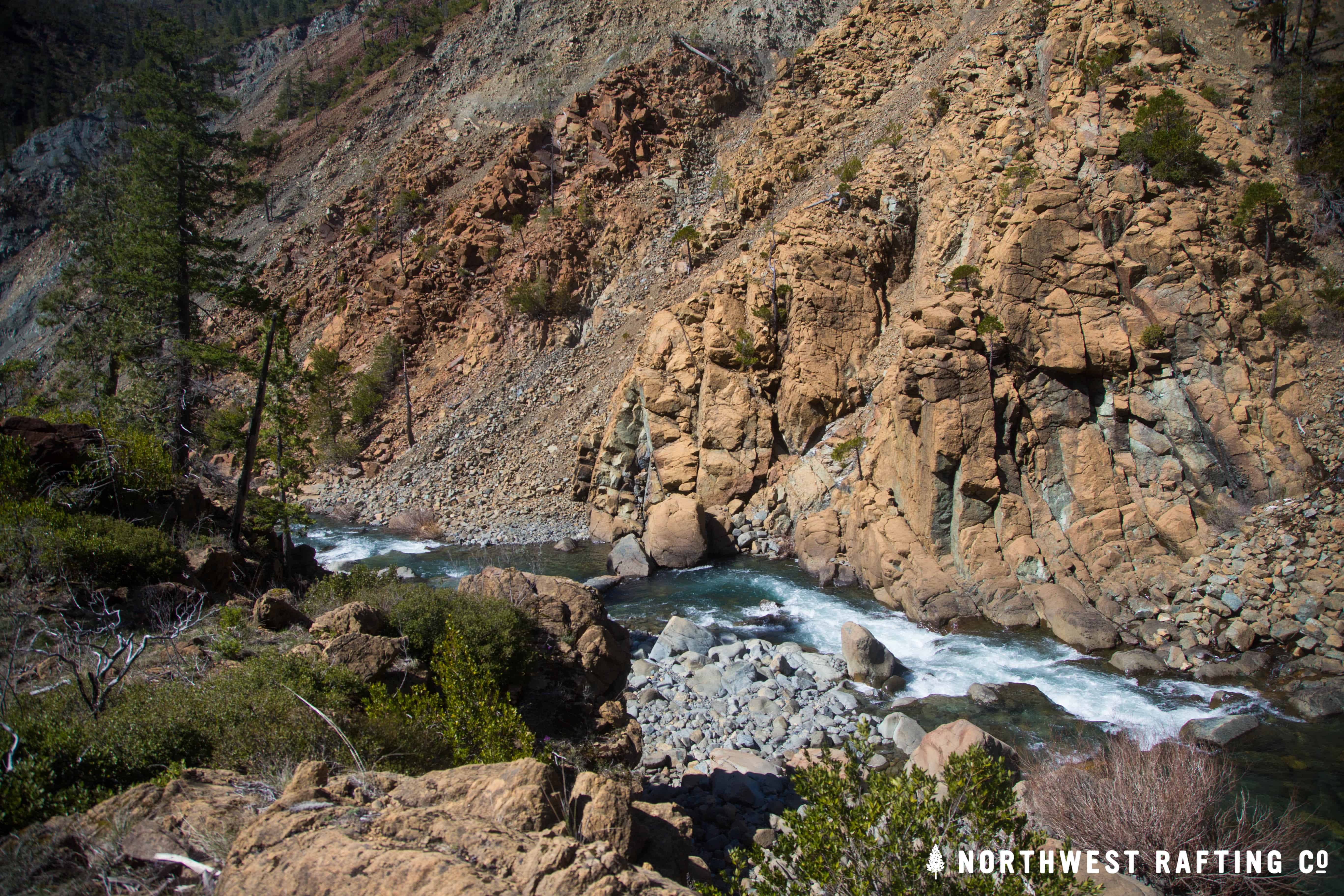
A couple years later, my friend Kevin and I made the trek to paddle Baldface, but we had to turn back due to the massive snow drifts on our way to put-in. Last year, J.R. and I tried and were sadly halted by snow yet again 10 miles from put-in.
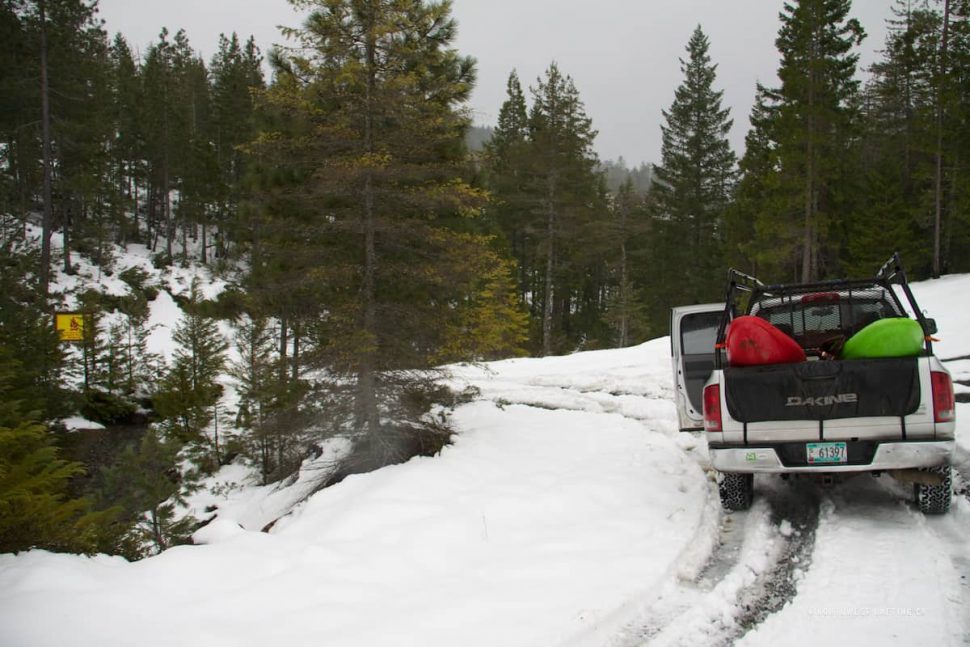
The logistics of paddling Baldface Creek are challenging, to say the least, because you need water in the creek at the same time the road to put-in is free of snow. For our third attempt, we decided to go in mid-spring which would hopefully mean less snow but also less water. We waited until the Smith River was low so we could backpack down the creek bed. We brought Alapaca packrafts so we could float the final 4 miles after Baldface Creek meets the North Fork of the Smith.
Our trip started by meeting Daniel Wakefield Pasley of Yonder Journal and Joseph Vaile from KS Wild in O’Brien, Oregon. From there we drove up the upper Illinois River and past Oregon Mountain on Forest Road 4402. We drove until we were stopped by snow and then put on our backpacks and started walking.
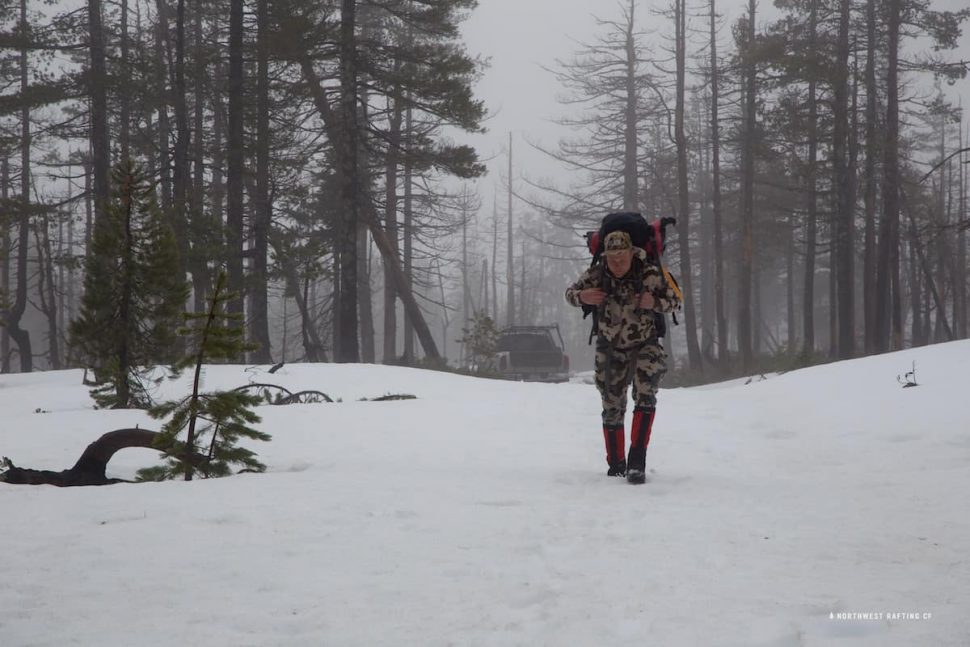
After a few miles of post-holing through the snow, the trail started heading down below the snow line to Biscuit Hill and eventually Baldface Creek.
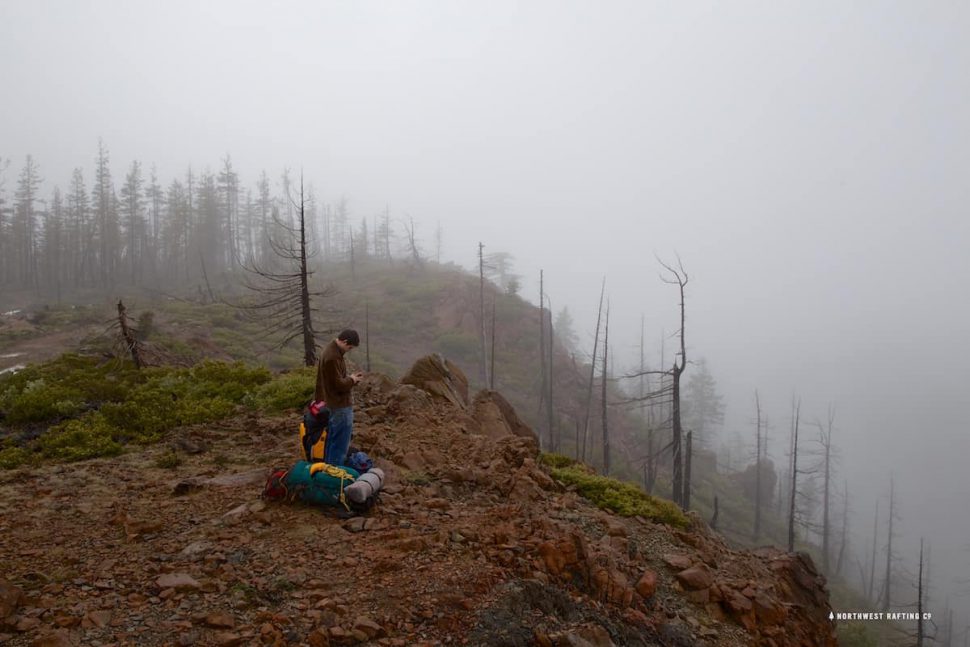
When we reached Baldface Creek I was surprised by how much water was in it. I knew that we wouldn’t be able to backpack down the creek bed. If we hadn’t brought the Alpaca rafts with us, we would have had to hike right back out. When we realized we were finally going to make this run, we started inflated the Alpacas as Joseph hiked back to the truck to meet Bearfoot Brad who planned to pick us up at the end.
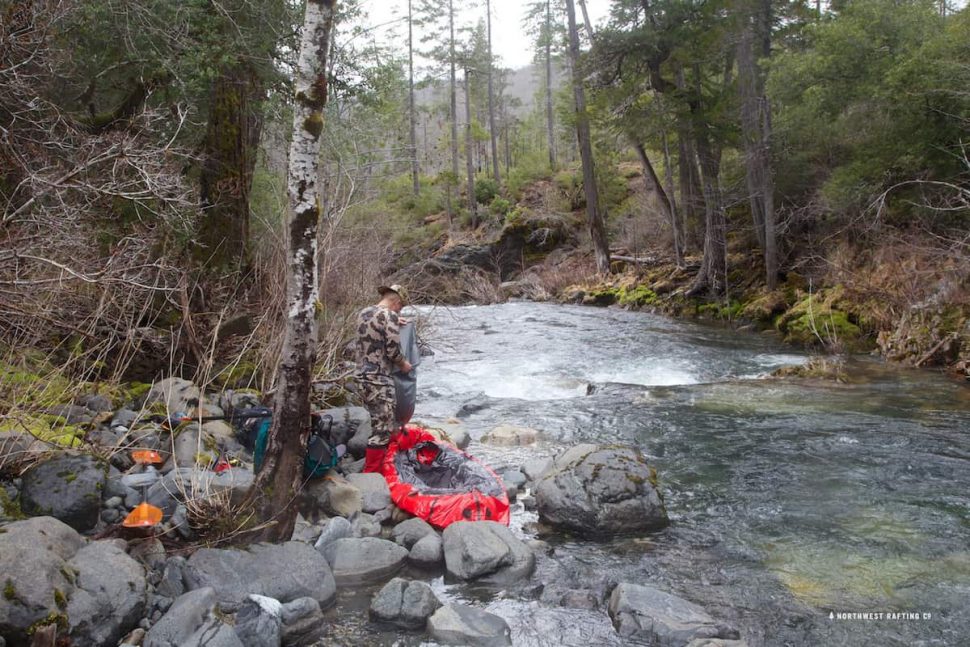
Heading down Balface Creek we had two “Operational Modes.”
Operational Mode Packrafting: Dressed in drysuits and PFDs, we paddled our packrafts in the easy sections of the river and portage around any of the harder rapids. This mode was stressful because our packs were not waterproof, and we had to be careful to keep them dry.
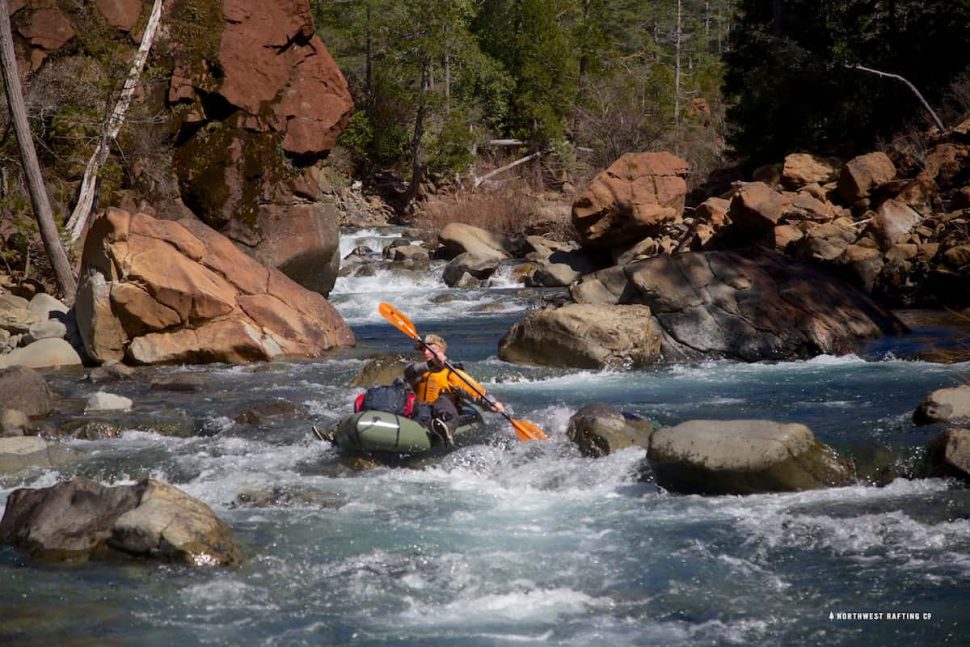
Operational Mode Backpacking: We put all of our paddling gear in our packs and our hiking boots on. There was no trail and the creek was hard to cross with our gear, so we would be committed to one side of the creek.
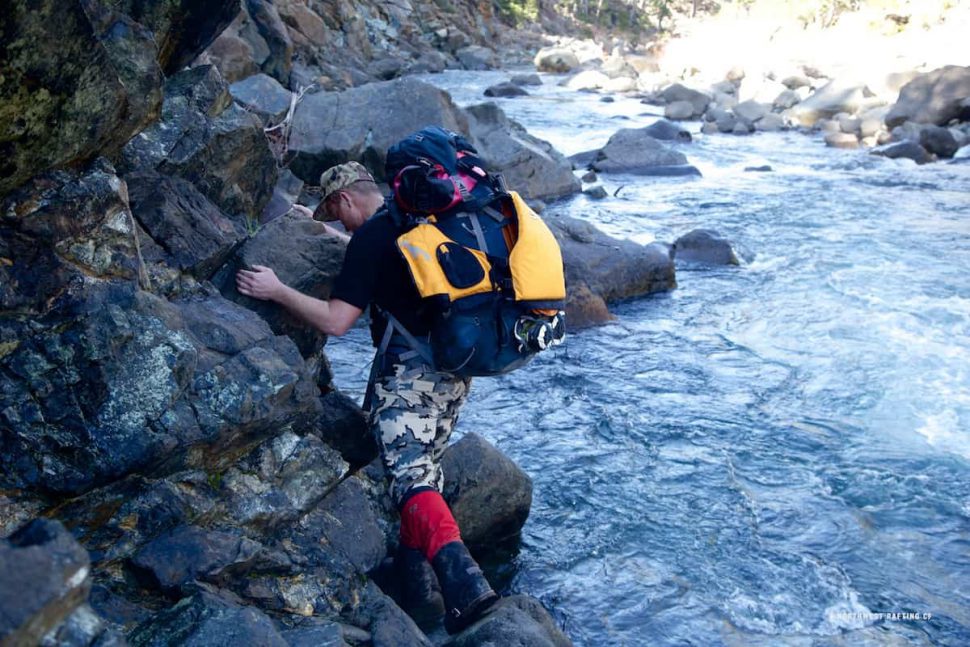
After half a mile of packrafting we switched back to backpacking on the right bank. There was a nice shelf and a game trail so we made good time down to Biscuit Creek where the canyon walls start to narrow. From here we were forced to hike up high to get around some parts of the creek. Soon after Taylor Creek we descended down to a flat rocky beach where we camped for the night.
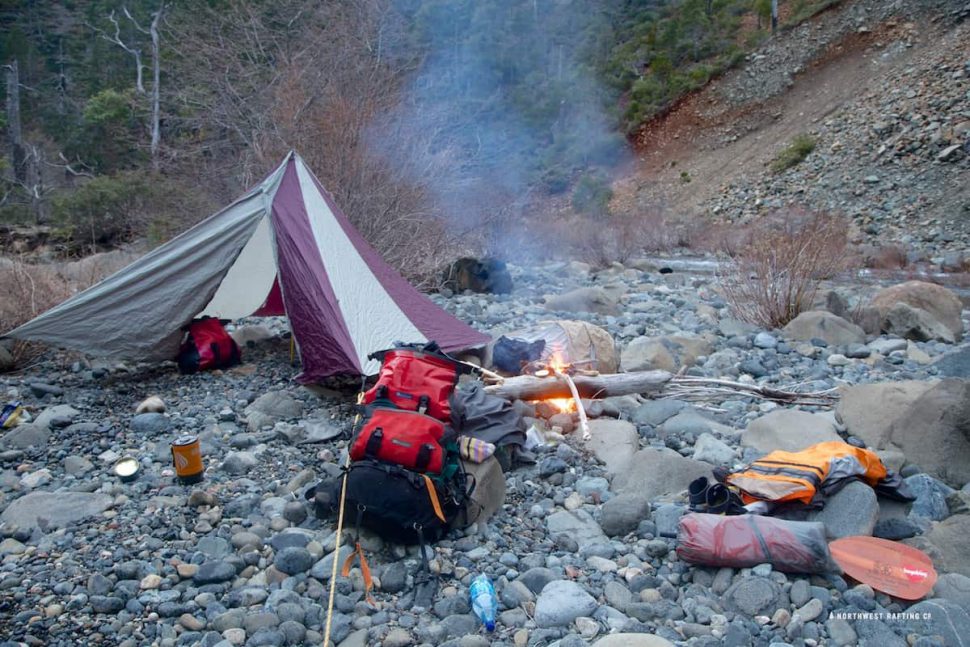
The two miles below Taylor Creek were the crux of the trip. The canyon was narrow and the many Class IV rapids were too difficult to run in an Alpaca with a full backpack. We spent about 2 hours covering the first mile by scrambling and rock climbing down the left bank.
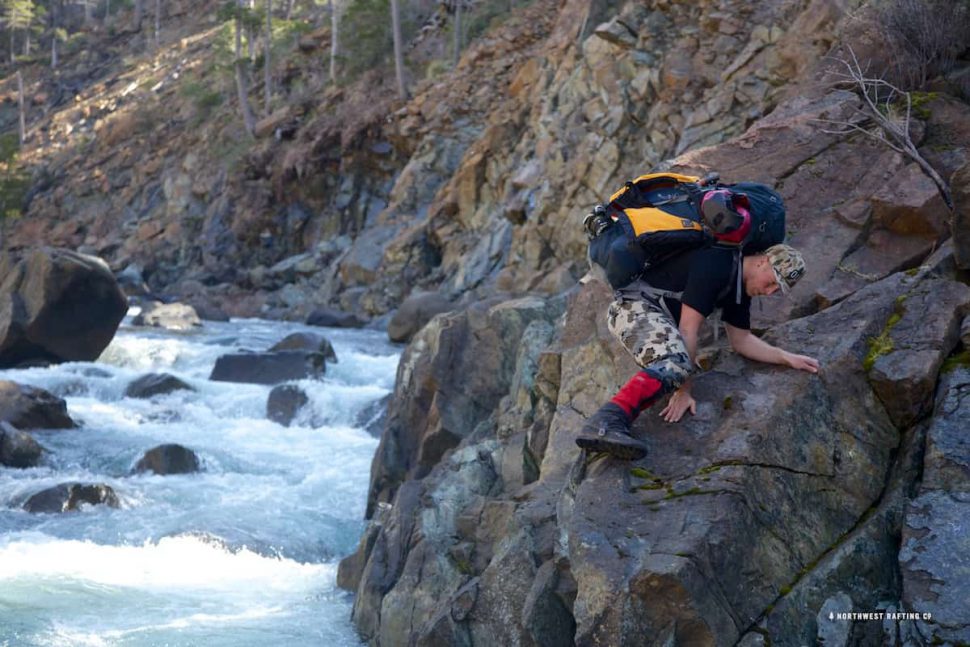
We finally got to a place where we couldn’t hike down the left bank and were forced to cross the river in a pool between two rapids. Here we switched back into packrafting mode to make crossing the creek easier.
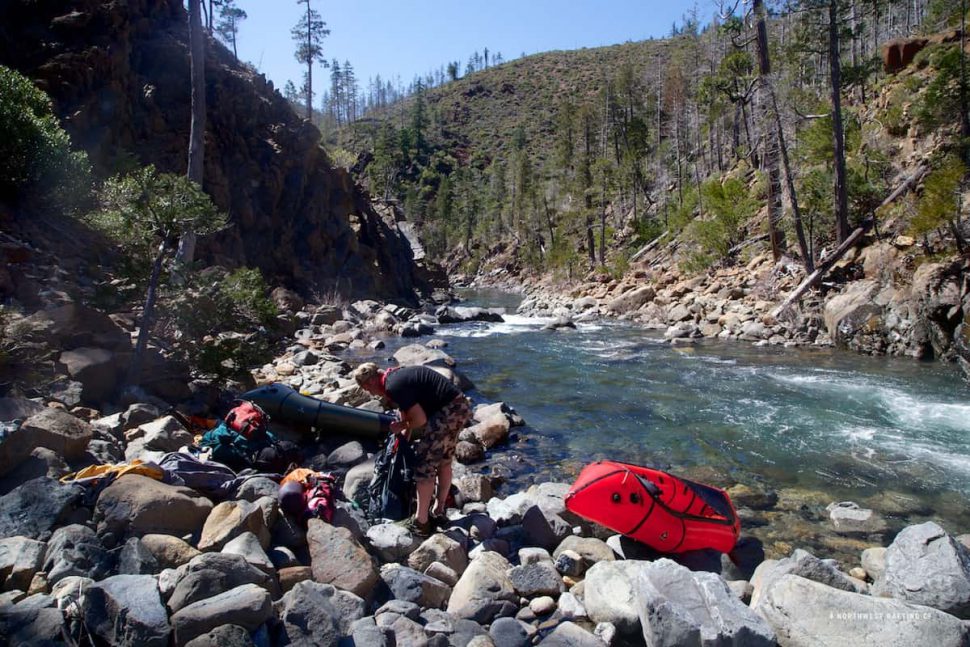
For the next mile we used the packrafts to float the pools in between rapids and to cross the river to portage the rapids. This was hard work and very slow going. It took another two hours to cover the next mile.
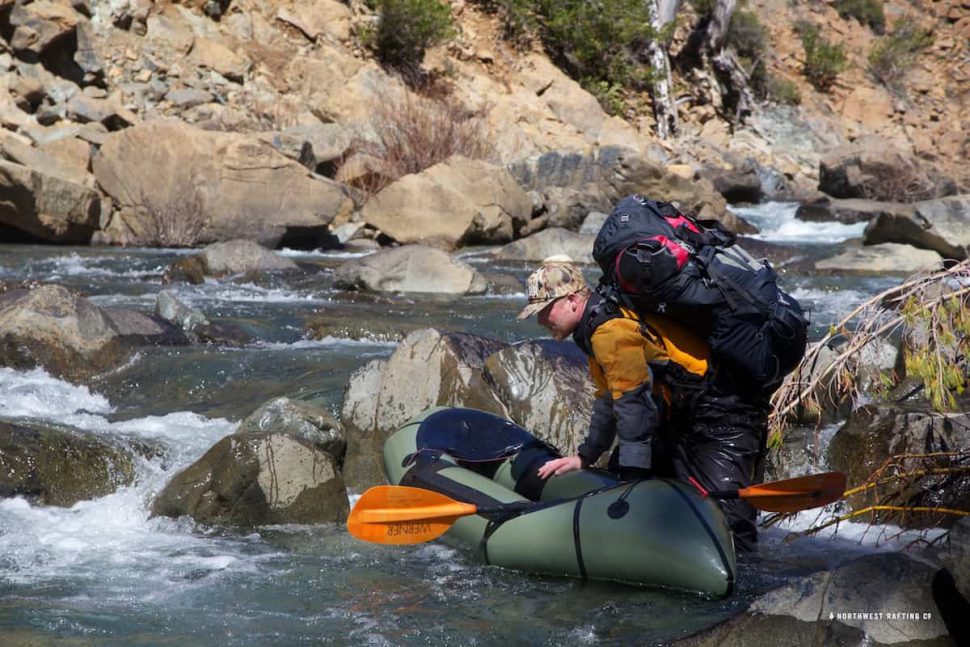
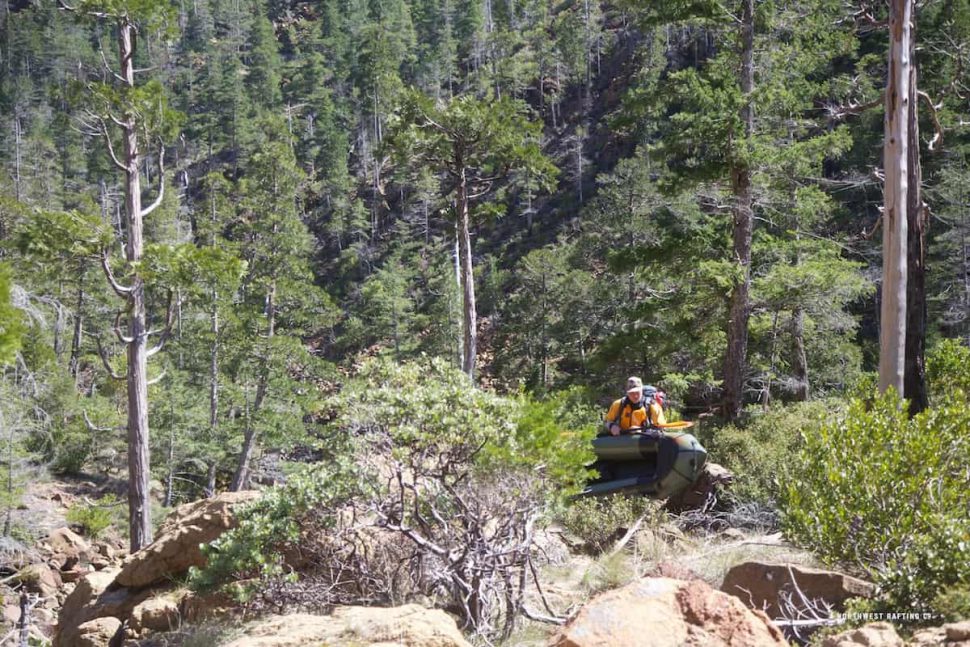
Once we reached a large landslide on the right, the rapids eased up and we were able to packraft more of the river. The next mile went fairly quickly and about a mile and a half above the North Fork of the Smith we noticed the canyon narrow again. The geology and the flora changed dramatically and felt much like the typical serpentine rainforest of the Smith River.
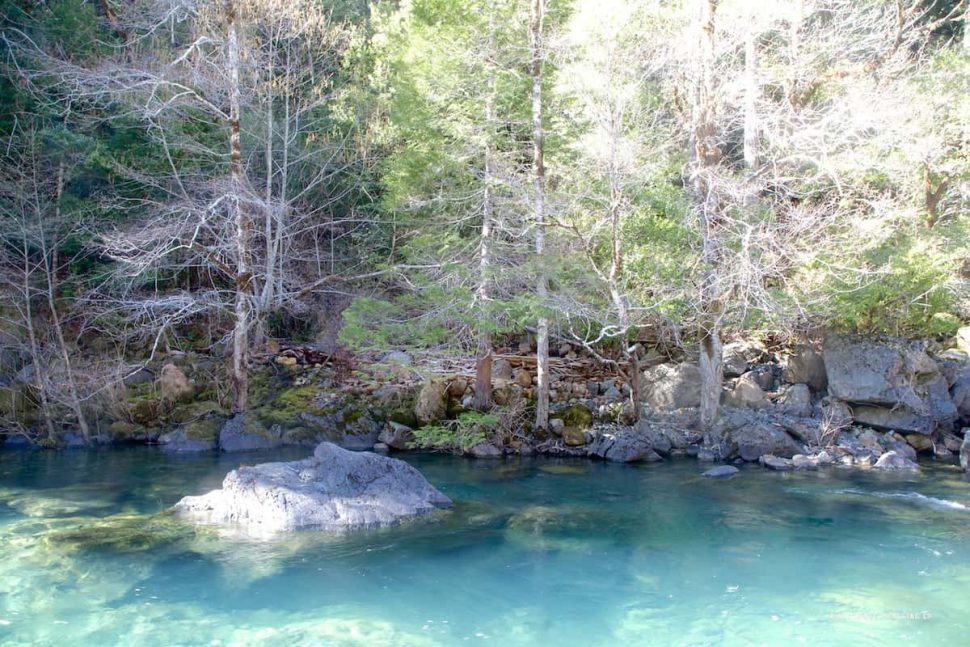
There was one particularly beautiful (North Fork Falls) rapid in this section that approached Class V due to an undercut rock at the bottom. We made fairly good time through this section and soon reached the confluence with the North Fork of the Smith.
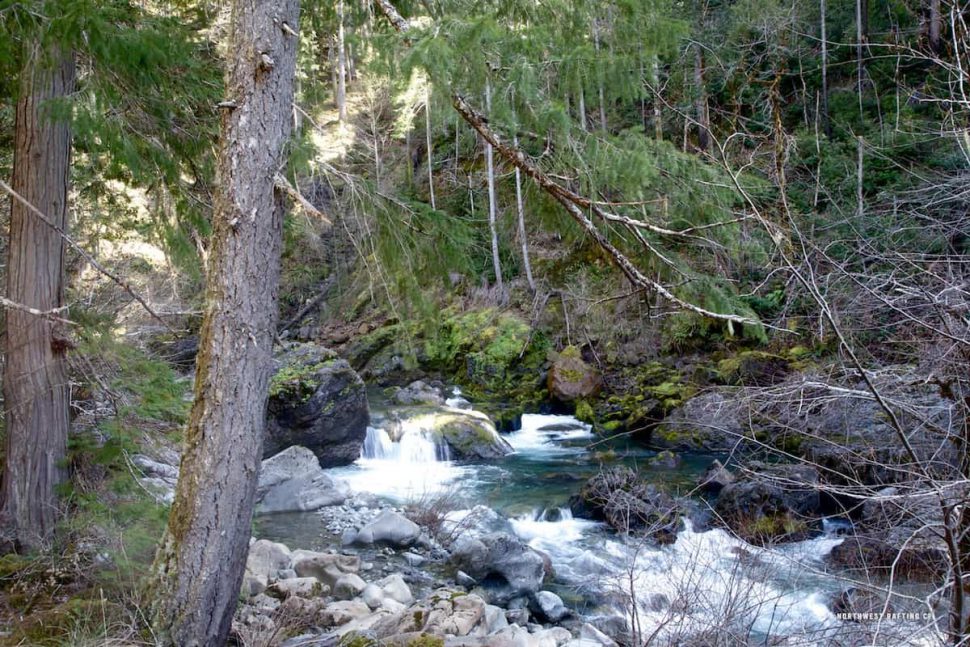
From there we had 4 miles to go and only a few hours before dark. We were making good time until we ran into a long section of difficult rapids. We spent an hour portaging through large boulders around this long, beautiful rapid.
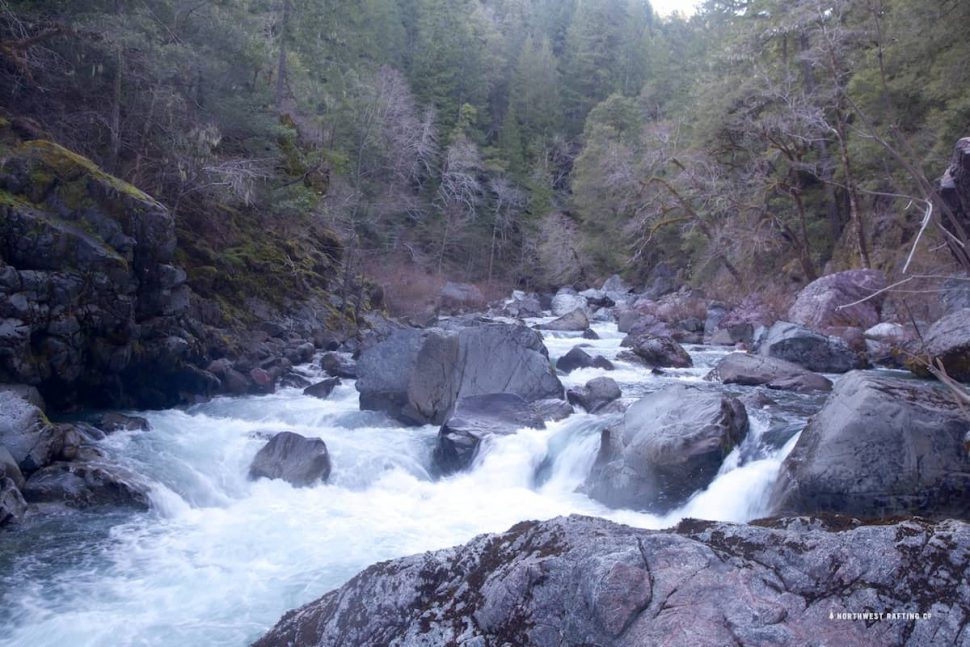
Luckily the rapids eased up after that and we made good time to Major Moore’s (put in for the normal North Fork of the Smith run) where Bearfoot Brad was waiting for us. We packed up our stuff and watched the sunset on our two hour drive back to Gasquet.
